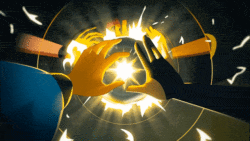With nearly 20 years experience under his belt, Sean McClintock has done a little bit of everything.
From the early days of Flash during the dot-com bubble to today’s world of “content creation,” Sean has illustrated, animated, designed and directed across every imaginable medium. He’s learned a lot, and in our interview with him he shares some juicy nuggets of wisdom picked up along the way.
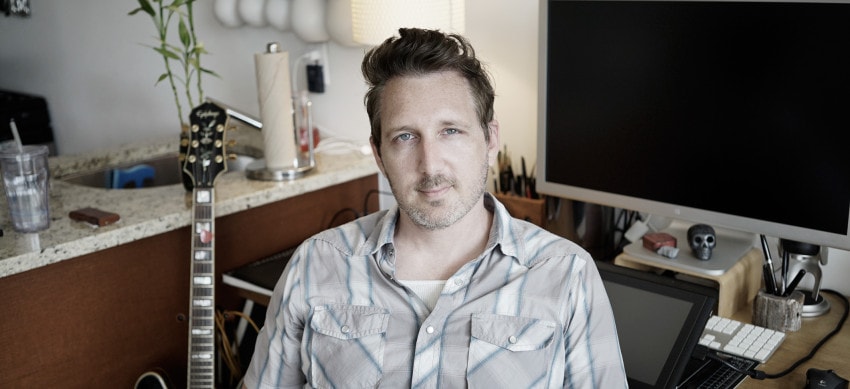
If you’re at all interested in freelancing or the path to becoming a director, you’ll want to take notes.
Q&A with Sean McClintock
Okay, first things first. How do you describe yourself (professionally)?
I’d say I’m a mildly obsessive designer/illustrator/director with a focus on animation.
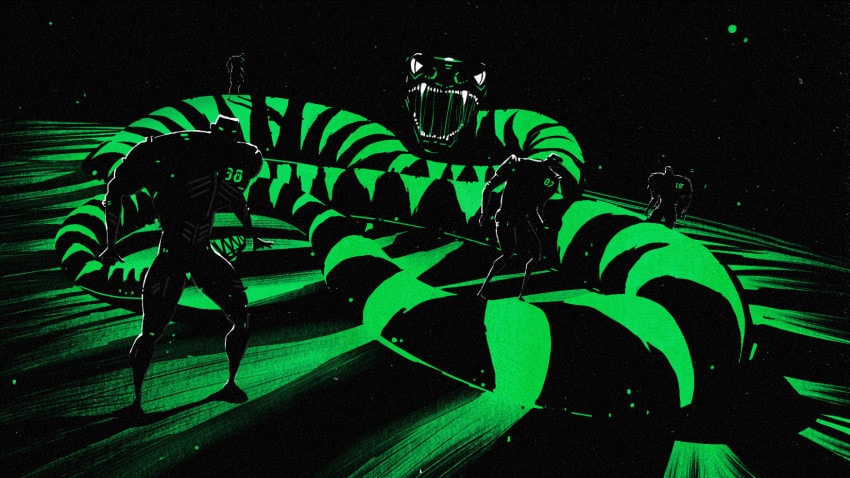
Style frame created at Buck for Nike Hypervenom
How long have you been doing what you do?
I graduated in 1997 and started working directly after, so 18 years. (Am I really that old…? Damn).
Where do you live, and has that been important to you?
I’ve been living in NYC four years now and the level of talent here has really motivated me to up my game. There are just so many amazing artists here and I’ve found working shoulder to shoulder with the best in the business to be both humbling and inspiring.
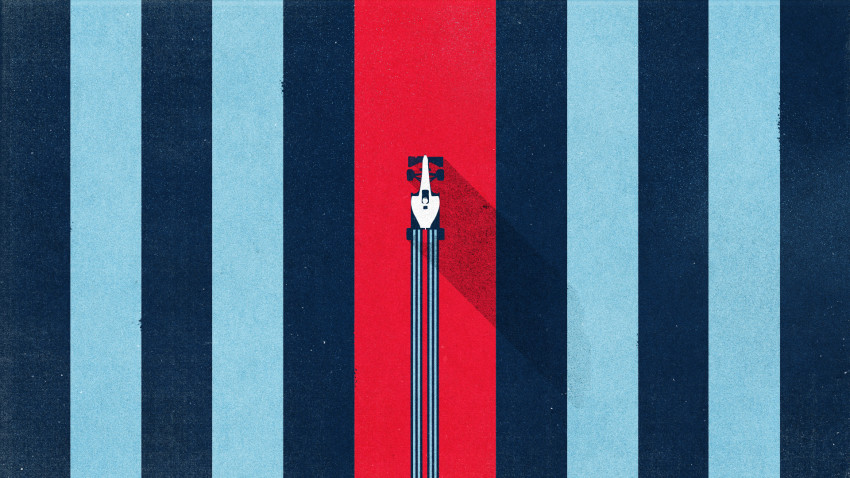
Style frame for Williams Martini Racing spot produced at Not to Scale (directed by Chris Dooley)
Let’s jump back in time a bit: You attended the Art Institute of Colorado. What did you study there?
I started out studying painting and illustration. But I was putting myself through school selling oil changes door to door (good times!), and I kept meeting graduates who were either unemployed or not working in the field, so I decided to switch my major to graphic design.
Did you enjoy school?
I loved my time there. I grew up in a small town in Kansas, and I felt like there were people back there that thought I wouldn’t make it — that I’d drop out or party too much or something. Even though I was responsible for paying for everything, my parents did co-sign the loan, and with art school being as expensive as it was, that meant they could have literally lost the farm if I blew it.
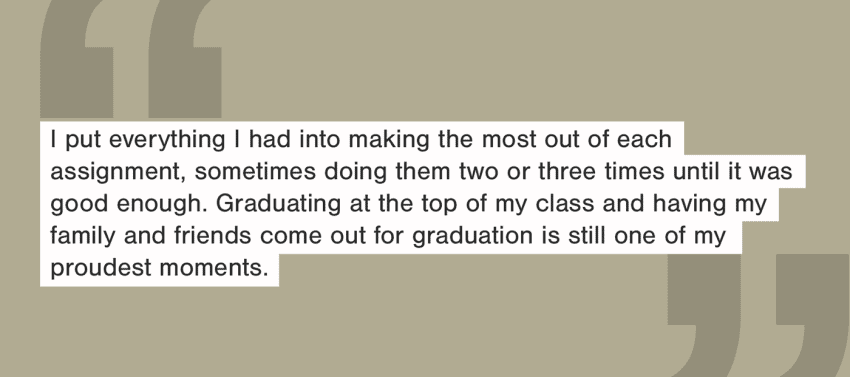
I was determined not to let that happen, so I put everything I had into making the most out of each assignment, sometimes doing them two or three times until it was good enough. Graduating at the top of my class and having my family and friends come out for graduation is still one of my proudest moments.
You graduated at the height of the dot-com craziness in the late 90s. What was that like?
Pretty amazing. One of the art directors from an early interactive shop came to the portfolio review for my school and offered me my first design job. Even though I’d never designed a single web site — at that point not many people had — he figured it would be better to hire a designer and teach them code than hire a coder and teach them design.
Things got completely bonkers when I moved to San Francisco in ’99. Employee retention was all the rage so entire teams would be sent on all-expenses-paid trips to Vegas just for finishing a project! Seeing it all go up in flames was also quite surreal.
Your first couple gigs out of school were for digital agencies — back when digital agencies were a new thing. What do you think of that experience looking back on it now? Was it formative for you?
It was all so exciting. All the standards and accepted best practices that we have today didn’t exist. It was the wild west with crazy Flash sites, insanely complicated navigation systems and never ending loading screens.
With each new version of Flash we would gain access to all these fun new tools, audio — what? get right out of town! Video? you shut your mouth right now! Such an exciting time.
I ended up getting really involved in process and eventually as a Creative Director tried to bring some order to the chaos. Developing workflows and then watching them being implemented (or completely ignored) was really helpful in terms of finding out what worked and what didn’t.
It seems like your early work didn’t involve animation. Is that true? If so, when and how did you get into motion?
No, in a way, I’ve been working in motion from its very beginning.
When I graduated from college, Flash 2.0 had just been released, and I dove in head first. It was all very basic back then, but that made it that much easier to jump in and get started. The animation was mostly focused on navigation and page transitions.
Site created for artist Elise Baldwin, circa 2008
As Flash gained the ability to embed video, I started playing around with After Effects and eventually Cinema 4D. After a while, this was by far my favorite part of every project, so I gradually shifted my focus from Interactive to Motion Design.
At the time, my wife and I were living in France and freelancing for US companies at night. This allowed me to focus my days on an endless number of tutorials and spec motion projects.
The Freelance Life
You’ve been freelancing for a long time. How long exactly?
Since July of 2001, so 14 years.
Was making the decision to freelance difficult?
In some ways it was made for me. The dot com bubble had just burst, and I was given a pretty healthy severance package, which allowed me the time to get everything set up. After experiencing the false security of full-time employment it made more sense to me to captain my own ship.
What do you love about freelancing?
The main thing I love is the freedom and flexibility it allows. Freelancing made it possible for my wife and I to live overseas and explore other places for a few years.
I also love being able to pick what I work on. This allows me to focus on a particular skill that I want to develop as well as work on projects that are close to my heart, like the anti-smoking campaign for the CDC.
What do you hate or find challenging about freelancing?
Starting out, it can be a little lonely. You’re the new kid in school over and over again and full-time staffers can understandably be a little reluctant to connect with someone they may never see again.
Over time, it kinda flips though, and it can feel more like a trip home, where you get to catch up with all your old friends.
What advice can you give to people who are thinking of making the leap to freelancing?
Show up on time, never miss a deadline, work off the server, save often, be nice to everyone, don’t gossip, be part of the team and know that everyone knows everyone.
Directing
You’ve worked with some of the top shops out there (Trollback, Psyop, Hornet, Gretel, Imaginary Forces, Buck — to name just a few). But lately, I feel like you’ve been directing more. Is that true?
It’s been really great to get to work with shops I’d admired for years before moving to New York. And, yes, I’ve been directing more and more, which is great.
A selection of scenes from Forty Five Seven, created for the Viacom building in NYC
Do you like directing? Is it a natural thing for you to do?
I love directing. It can be hard as a freelancer to develop an idea and vision for something and then walk away. Sometimes you come back to find that you unknowingly left your baby in the care of a meth-head who wrapped him in bacon and smeared lipstick all over his face (too much?).
It’s usually not that extreme, but being able to see things through from start to finish has been great.
It doesn’t seem like you have representation as a director yet. Is that something you’re considering?
Yeah, I don’t have any representation at the moment. It is something I’ve considered but haven’t seriously looked into. It seems like it could be a good next step.
Would you ever like to open/run your own studio?
That is the question I end up asking myself at least once a week.
For a long time, the immediate answer was no. I felt like I’d have to work 90 hours a week, take on huge amounts of financial risk and ultimately end up doing less of what I love.
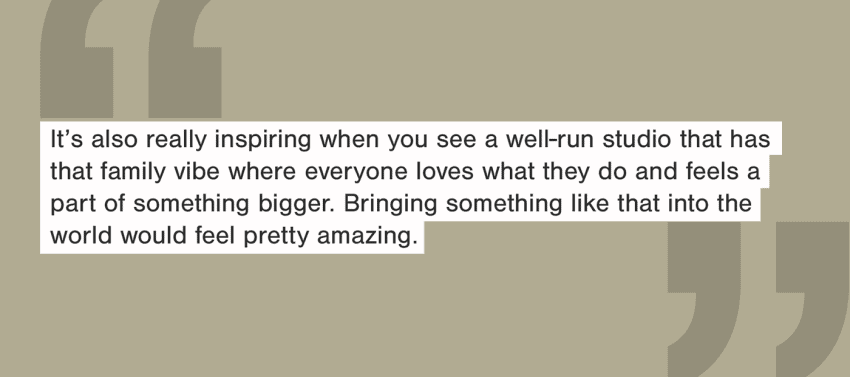
Recently though, I’ve seen friends open up smaller studios and make it work. It’s also really inspiring when you see a well-run studio that has that family vibe where everyone loves what they do and feels a part of something bigger. Bringing something like that into the world would feel pretty amazing.
The Industry… and stuff
How have you seen the industry change over the last 10 years?
For me, one of the most exciting and most challenging aspects of this industry is how fast it evolves. What was only possible at massive studios with proprietary software and massive render farms is now within reach of tiny studios using off the shelf software and rendering in the cloud.
It’s definitely a challenge to stay on top of each new release but the payoff of having more and more amazing tools to play with is totally worth it.
It seems everyone now wants “content” — a nebulous word for “animated stuff,” usually with much lower budgets than commercial work. I’ve argued that the rising need for content is a good opportunity for small shops/independent directors. Do you agree?
I completely agree. The more demand there is for quality content, the better. If you’re able to scale the complexity and ambition of the solution to fit the budget there’s a seemingly endless amount of work out there.
What advice would you give to students or people who are just entering the industry?
One thing I would suggest is to spend some time every day doing your own thing. Whether you spend that time learning new skills or creating self-initiated projects, it’s a great way to find out where your passion lies and then direct your career there.
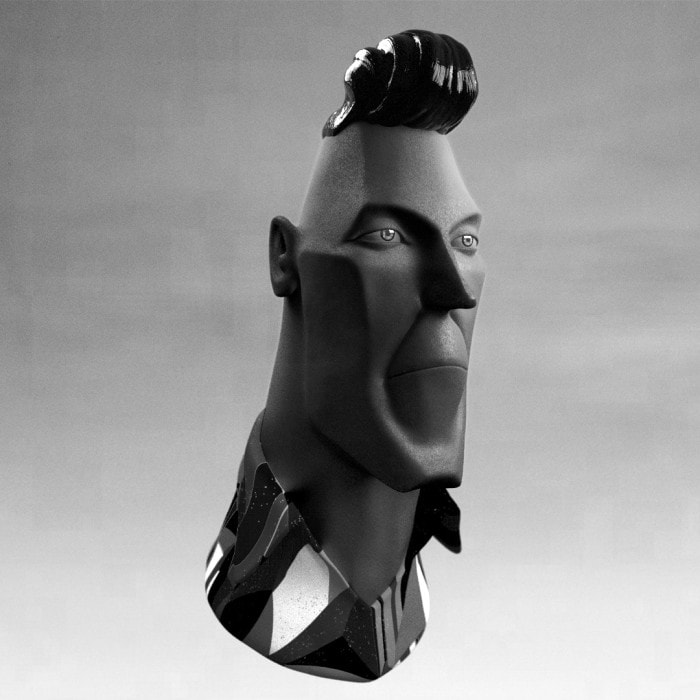
Character design for personal project, Evil Twinz
What advice would you give to your 18 year old self?
Ponytails are for ponies and chill out with those big shirts and pants. You look silly.


